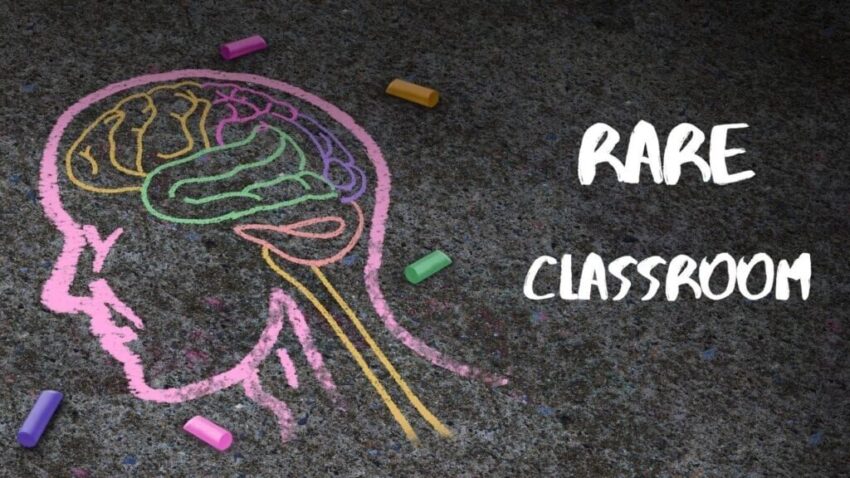Welcome to the Rare Classroom, a new series from Patient Worthy. Rare Classroom is designed for the curious reader who wants to get informed on some of the rarest, most mysterious diseases and conditions. There are thousands of rare diseases out there, but only a very small number of them have viable treatments and regularly make the news. This series is an opportunity to learn the basics about some of the diseases that almost no one hears much about or that we otherwise haven’t been able to report on very often.
Eyes front and ears open. Class is now in session.
The disease that we will be learning about today is:
Schindler Disease
Sometimes called alpha-N-acetylgalactosaminidase deficiency or Kanzaki disease.
What is Schindler Disease?
- Schindler disease is a rare form of lysosomal storage disorder which is the result of a deficiency in an enzyme called alpha-NAGA (alpha-N-acetylgalactosaminidase)
- It results in excessive accumulation of glycoproteins (specifically glycosphingolipids) in the cell lysosomes
- The disease is categorized in three main types: an infantile form (type I), an adult-onset form (type II), and an intermediate form (type III)
- The disease is named after Dr. Detlev Schindler, who described the disease for the first time in 1988
- The alternative name, Kanzaki disease, is after Hiro Kanzaki, a physician and biochemist from Japan, who further described the illness in a 2006 study
How Do You Get It?
- Schindler disease is the result of a genetic mutation affecting the NAGA gene
- This gene is found on chromosome 22
- This gene contains coding for the production of the alpha-NAGA enzyme
- The disease is an inherited in an autosomal recessive pattern, meaning that a patient must receive an abnormal allele from each parent
What Are the Symptoms?
- Symptoms of Schindler disease vary depending on the disease type.
- Symptoms of type I Schindler disease appear in infancy and can include:
- Loss of previously acquired skills and coordination
- Reduced muscle tone
- Involuntary rapid eye movements
- Muscle weakness
- Seizures
- Vision loss
- Muscle stiffness
- Neuroaxonal dystrophy
- Skin discoloration
- Telangiectasia
- Symptoms of type II appear in adulthood and are generally significantly milder. Additional symptoms can include:
- Coarsening of facial features
- Intellectual impairment
- Angiokeratomas
- Type III Schindler disease is an intermediate disease form. Symptoms can range from severe, involving seizures and intellectual decline, to relatively mild, including behavioral changes, speech delays, and symptoms similar to mild autism
How Is It Treated?
- In type I, which is the most severe, many patients die by age four. In this form, management is primarily based on a palliative approach
- Type II doesn’t have the same neurological degenerative course, but there is no known cure for the disease
- Bone marrow transplant may be attempted, and can be effective in some related diseases
Where Can I Learn More???
- Check out our cornerstone on this disease here.
- Learn more from the National Organization for Rare Disorders.



